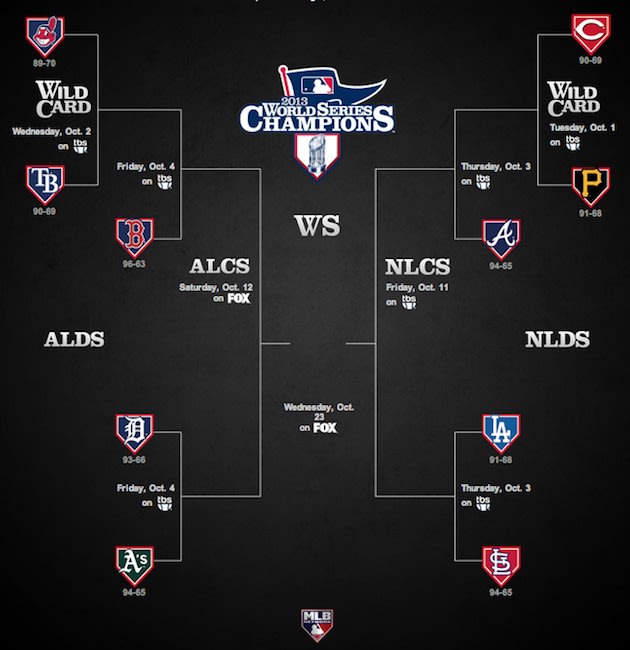

Also, all four infielders must be stationed on the infield dirt when the ball is pitched. The first baseman and second baseman must be right of second. The shortstop and third baseman must remain on the left side of second. Teams no longer are allowed to move an infielder into short right field and leave only one infielder on the left side of second base. The biggest rule change is one MLB Commissioner Rob Manfred has been campaigning for for years the shift is officially banned.
#YAHOO MLB SCHEDULE SERIES#
Those games will be divided into one home series and one road series against each team.
/cdn.vox-cdn.com/uploads/chorus_image/image/46503354/2015-mlb-draft-board-getty.0.0.jpg)
Teams will play seven games against four league opponents and six games against six opponents.
/cdn.vox-cdn.com/uploads/chorus_image/image/63877565/42319715_484E_48AB_B119_23D5A7F5706F.0.jpeg)
That leaves 64 intraleague games outside the division. The Guards play the seven other NL teams in a three-game series at their parks. The Guardians will host a three-game series against each of these seven teams: The Marlins, Rockies, Cardinals, Brewers, Braves, Phillies and Dodgers. That leaves 42 interleague games involving 14 teams. Two of the games will be played in Cincinnati and two in Cleveland. Four will be against a geographical rival - the Reds in the case of the Guardians, even though Pittsburgh is closer. They will play 46 interleague games instead of 20. Teams will face each of the 29 other Major League teams for the first time in history. The Gs were 47-29 in the Central Division last year. That means the Guardians will play the White Sox, Twins, Tigers and Royals 13 times each instead of 19 times. Each club will play seven of those series at home for 21 total games and seven of those series on the road for the remaining 21 games.The new format has teams playing 52 intra-division games instead of 76. The other 42 interleague games for each club will be split evenly among the 14 other non-league teams. Here are the “natural rivalries” for interleague series in 2023: Those matchups will be played through a home-and-home series. The biggest jump in the schedule is seen in interleague games, where teams will go from 20 matchups to 46 beginning in 2023.įour of those games will come against each team’s “natural rival,” another team from the other league in close geographic proximity. How many interleague games will each MLB team play? Teams will play six games against six of their league opponents and seven games against four of their league opponents. The new schedule will include 64 such games for each team, down from 66. There will be little change to the number of games against non-division opponents from the same league.
:no_upscale()/cdn.vox-cdn.com/uploads/chorus_asset/file/22297841/schedule.png)
How many intraleague games will each MLB team play? The 52 games will also be split up evenly between home and road games, though there will be imbalance within each individual matchup (seven home games and six road games, or vice-versa). The number of divisional games for each team will decrease from 76 to 52.Įach team will face each divisional foe 13 times across four series. Story continues How many division games will each MLB team play? “Additionally, this fan-friendly format provides fans with the opportunity to see more opponent matchups, with a particular focus on dramatically expanding our most exciting Interleague matchups, and offers more national exposure to the star players throughout our game.” “This new format creates more consistent opponent matchups as clubs compete for Postseason berths, particularly in the recently expanded wild card round,” MLB chief operations & strategy officer Chris Marinak said in a press release. By leveling out the schedule for all 30 teams, strength of schedule within one team’s division becomes less of a factor in determining which teams will play October baseball.Īccording to the league, there is also appeal in seeing stars across baseball match up against every team at least once. The postseason field expanded from 10 teams in 2021 to 14 teams under the new collective bargaining agreement. MLB’s latest change comes a year after it implemented a new playoff format. Starting in 2001, each team began playing anywhere between 16 to 20 contests annually against each divisional opponent, making up nearly half of each team’s regular season calendar. The MLB schedule has been dominated by divisional matchups since it underwent a change two decades ago. Why did Major League Baseball change its schedule?


 0 kommentar(er)
0 kommentar(er)
